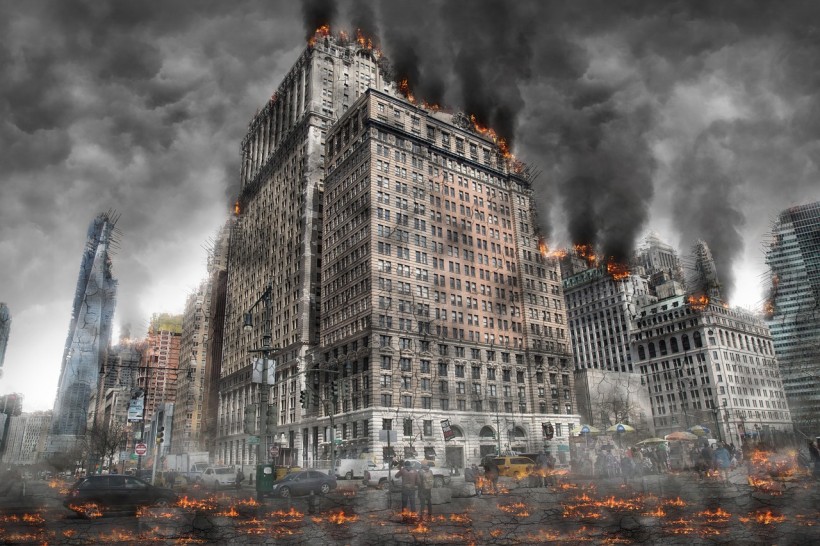Nuclear winter has been portrayed in numerous science fiction blockbusters for years, showing the drastic effect of a nuclear attack. But what does this cataclysmic aftermath really look like?
Given Russia's war on Ukraine, especially when Russian president Vladimir Putin has repeatedly made nuclear threats since the start of the war last year, experts believe that public awareness is necessary to teach people how best to survive a nuclear attack.

What Would a Nuclear Winter Look Like? Experts Call For Urgent Public Awareness Given the Current Risks
What Is Nuclear Winter?
According to Atomic Archive, the theory about nuclear winter is based on a 1983 book that tackles the global consequences of nuclear war. Theory suggests that nuclear explosions will set off firestorms over many cities and forests within a specific range. It will create great plumes of smoke and soot and will send dust aloft from these fires to high altitudes where they drift for weeks.
As a result, hundreds of millions of tons of smoke and soot will be shepherded by strong west-to-east winds until they form a uniform belt of particles that encircle the Northern Hemisphere.
For several weeks, these dense black clouds may block out all but a portion of the sun's light. Semidarkness, lethal frosts, and subfreezing temperatures, coupled with significant doses of radiation from nuclear fallout, would disrupt plant photosynthesis, perhaps destroying much of the Earth's flora and animal life.
Furthermore, extreme cold, high levels of radiation, and extensive damage to industrial, medical, and transportation infrastructures, and food supplies and crops would result in a catastrophic death toll due to famine, exposure, and illness. In other words, a nuclear conflict would very certainly result in a nuclear winter.
READ ALSO: Will Seaweed Help You Survive a Nuclear War? Here's What Scientists Say
Public Awareness Campaign for Nuclear Winter
Global risk researcher and diplomacy expert Paul Ingram from the Center for the Study of Existential Risk (CSER) run by the University of Cambridge pointed out in a press release that 2023 is a year when a human finds themselves at risk of nuclear conflict greater than what is seen in the early eighties.
As a sole author of a report about public awareness of nuclear winter, he noted that, despite this threat, there is still little public knowledge or debate of the unimaginable dire long-term consequences of nuclear war for the global population.
The new research was prepared using an online poll of 1,500 people in the UK and 1,500 people in the US, Science Alert reported. The participants were tested on their knowledge of a future nuclear winter and where they obtained their information. The poll allowed for many sources to be chosen, making them not mutually exclusive.
The findings showed that 3.2% of UK respondents and 7.5% of US respondents have heard about the dangers of nuclear war through modern media or society.
A larger proportion of participants claimed that their memories of information circulated in the 1980s, during a period of escalating antagonism in the US-Soviet Union Cold War, influenced their perceptions of the possibility of nuclear winter. While few people relied on current academic studies.
Moreover, Ingram also looked at how people would want their governments to respond to a nuclear attack. About 50% was seen as effects of nuclear winter and 50% was not.
In the case of the possibility of Ukraine being hit with a nuclear attack from Russia, almost one in five said they support retaliation with nuclear weapons; however, that number dropped to those who have seen the effects of nuclear winter. The poll suggests how education makes a difference in public opinion.
Estimates of the consequences of a nuclear war range because of so many elements to consider, but even the best-case scenarios will definitely be unimaginably horrific. The report article demonstrates that raising awareness is an important aspect of averting self-destruction. The whole report is accessible online at the CSER.
RELATED ARTICLE: Can You Survive Nuclear War? Here's Where You Should Hide in the US
Check out more news and information on Nuclear War in Science Times.














